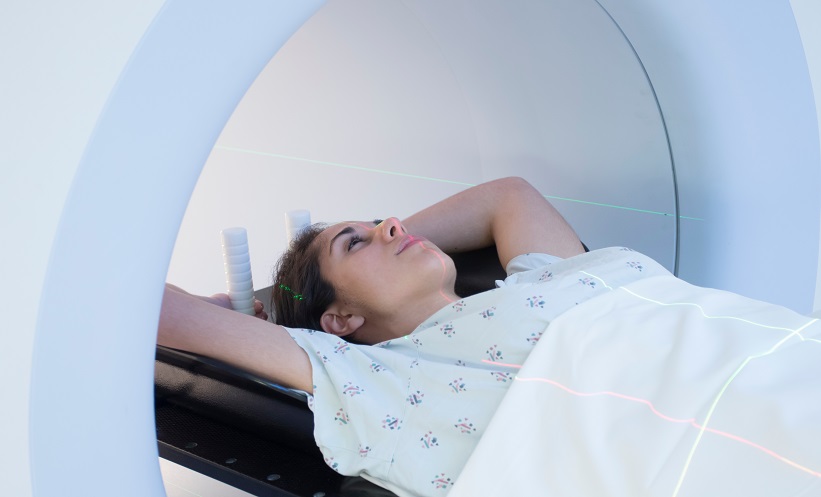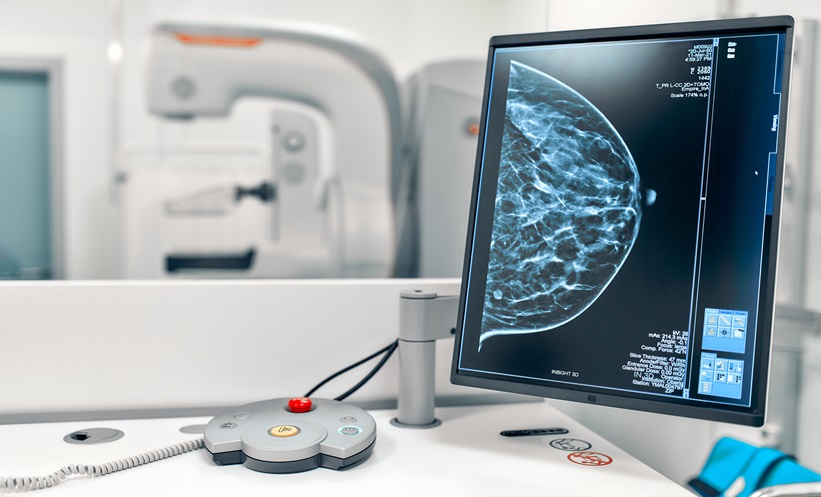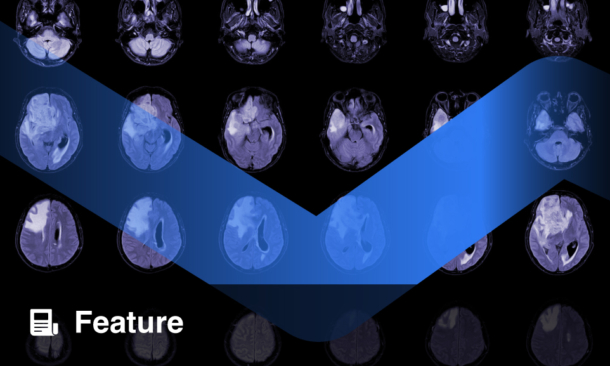A new study projects the long-term outcomes of breast cancer screening strategies using digital breast tomosynthesis (DBT) with or without supplemental breast magnetic resonance imaging (MRI), particularly focusing on women with dense breasts. The research, which involved collaborative modelling with data from the US Breast Cancer Surveillance Consortium, simulated outcomes for women born in 1980 with average breast cancer risk.
The study compared annual and biennial mammography screening, starting at ages 40, 45, or 50, through age 74. Results indicated that biennial DBT screening starting at age 50 averted 7.4 breast cancer deaths per 1000 women, with 884 false-positive recalls and 151 false-positive biopsies. Starting screening at age 40 increased both the number of deaths averted (8.5) and false-positive outcomes.
Adding MRI for women with extremely dense breasts to biennial DBT screening slightly increased the number of deaths averted (7.6) but also raised false-positive recalls (919) and biopsies (180). Extending MRI to women with heterogeneously or extremely dense breasts further increased both benefits and harms.
The study concluded that while supplemental MRI can offer greater benefits in terms of breast cancer deaths averted, it also results in significantly more false-positive outcomes. This trade-off is most favourable when MRI is targeted at women with extremely dense breasts, who make up about 10% of the population. The findings provide valuable insights for clinicians and policymakers regarding the use of MRI in breast cancer screening.
Helena Bradbury, EMJ
Reference
Stout NK et al. Breast Cancer Screening Using Mammography, Digital Breast Tomosynthesis, and Magnetic Resonance Imaging by Breast Density. JAMA Intern Med. 2024.







